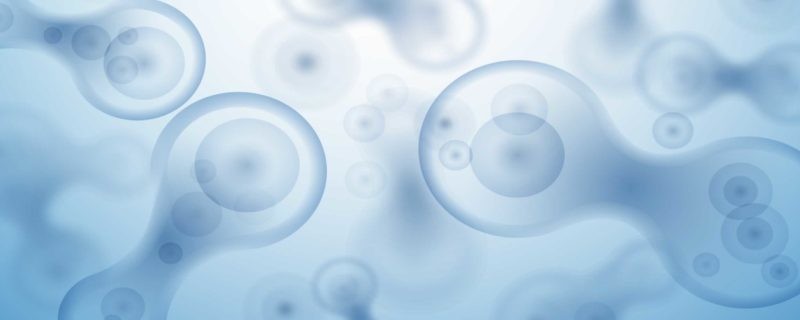
New Cultureware Ideas Abound – A Review of our Ask the Expert Session on Innovations in Cultureware
Last week, we finished our Ask the Expert discussion on innovations in cultureware. Several questions were asked about cultureware for specific cell lines, reducing contamination, ergonomic modifications, maintaining consistent media volume and reducing tissue culture costs.
In the past cultureware has mostly been focused on culturing standard cell lines that have historically been easy to culture. However, with the explosion of stem cell culture and the now common practice of culturing many different cell types, cultureware has needed to evolve as well. Companies are now introducing new cultureware products to address specific growing needs for more challenging cell lines and are addressing some of the most common challenges cell culturists face. These topics and more were covered during last week’s Ask the Expert Session.
The session hosted by Dr. Graziella Mendonsa, Product Manager, MIDSCI, received several questions about specific cell culture challenges. Dr. Mendonsa provided a wealth of information based on her extensive experience with managing cultureware products.
Question topics included Cultureware solutions for:
- Hybridoma cell culture
- Stem cell culture
- Contamination reduction
- Ergonomic needs
- Serum-free growth
- Maintaining consistent media volumes
- Reducing tissue culture costs
- Media supplementation
I have selected a few of the submitted questions and answers to include below. For a full list of questions and answers, please see Ask the Expert discussion on innovations in cultureware.
I have a problem maintaining consistent media volumes in my 96-well plates. Any suggestions?
The Answer:
Absolutely. This is a common problem faced by 96-well plate users referred to as Edge Effect. The uneven evaporation of media in wells within the 96-well plate, especially in the outer most wells is due to uneven heating and insulation of the plate when stacked. One way to get around this problem, which also has downstream effects resulting in variable read outs across replicates, is to use cultureware that prevents insulation and promotes even distribution of temperature. This was designed by scientists who work for the cell culture manufacturer TPP in Switzerland; they created all their flasks, dishes and plates to have a raised bottom and essentially have feet such that it creates vents for temperature to distribute evenly around the plate and most importantly under the plate. I highly recommend trying out a sample of a TPP 96-well plate for more consistent gene and protein reporting across replicates in a 96-well format. Hope this answers your question.
Have you thought about how one can reduce money spent in tissue culture work by reducing the amount of media used?
The Answer:
One observation that comes up in looking at tissue culture flasks is that not all flasks are designed equally. Flask bottoms that connect to the neck via a slanted slope actually is a non-treated area where cells do no grow, but media covers regardless. So one train of thought is to utilize a flask in culture in which the entire bottom is treated for cell culture, thus maximizing cell growth area and minimizing media wastage. Open for discussion on your thoughts or suggestions.
We are culturing small volumes of hybridoma cells in standard shake flasks. Are there any improved cultureware that you think would improve our process in general?
The Answer:
Shaking in flasks has come a long way from the ancient glass bottles to flat bottomed flasks to now the conical bottomed TubeSpin Bioreactors. The latter allows for greater gas exchange and internal cyclonic mixing to promote increased cell propagation. Take a look at the two following links and we would suggest sampling the TubeSpins to test it for yourself:
Diagram: http://www.tpp.ch/page/downloads/TubeSpin/TubeSpin_vs_Erlenmeyer.jpg
Poster: http://www.tpp.ch/page/downloads/TubeSpin/2012_ECI_Poster_Monteil.pdf
Please visit this week’s Ask the Expert session –
“You Tell Us” This week it is time for you to share your ideas for Ask the Expert topics. We want to hear what you want to see covered in future Ask the Expert sessions. O